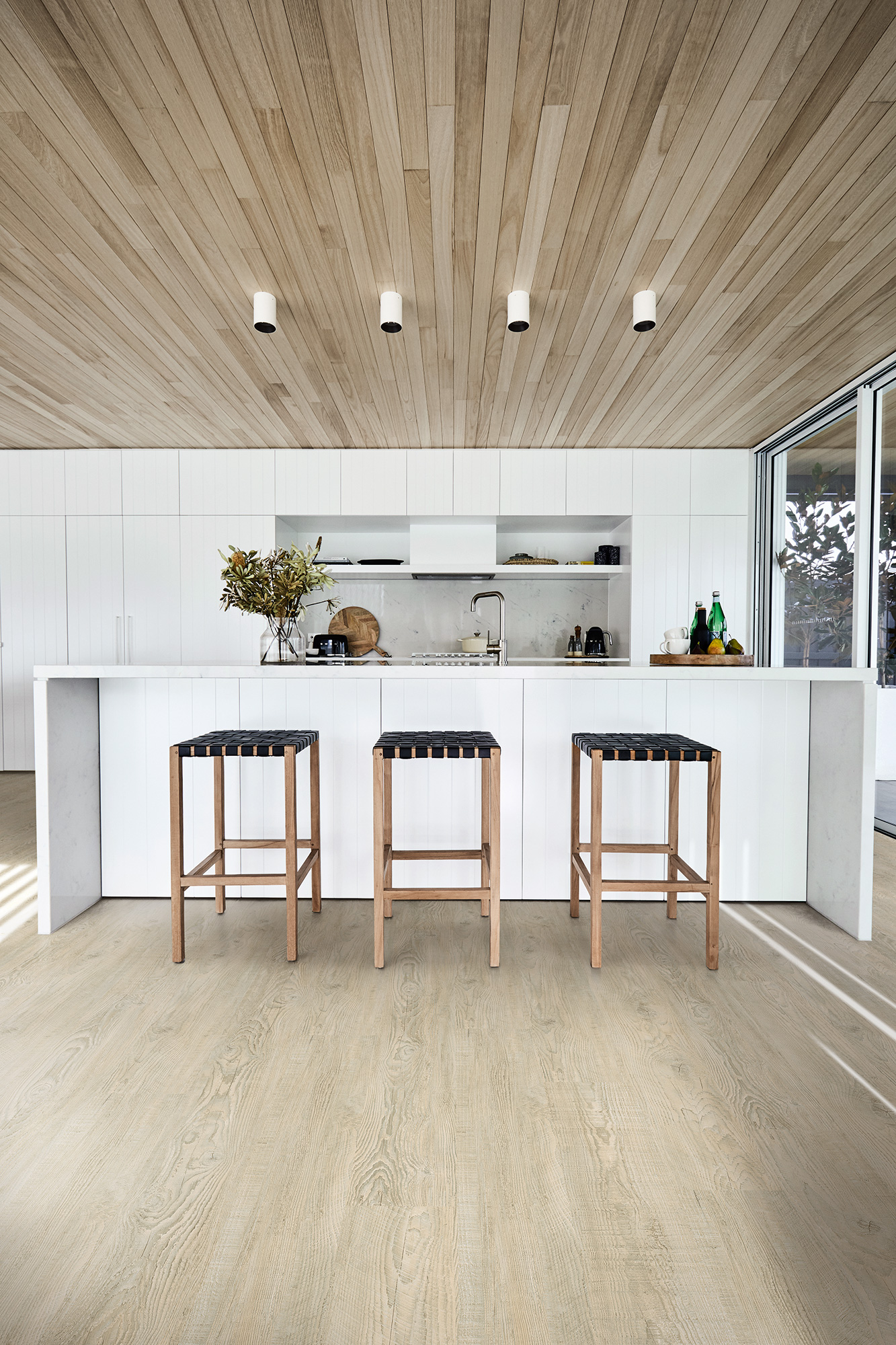
The Ultimate Guide to Buying Flooring: 10 Tips
When it’s time to revamp your home, flooring is one of the most significant aspects to consider. Not only does it have a massive impact on the aesthetics of your space, but it also influences the comfort, functionality, and value of your property. To help you navigate through the myriad of choices and make an informed decision, we’ve compiled this ultimate guide to buying flooring. Here are 10 essential tips to ensure you make the best choice for your home.
Assess Your Lifestyle
Before you buy flooring, consider your lifestyle and how the flooring will be used. High-traffic areas like the kitchen, hallway, or living room require durable materials that can withstand heavy use. Families with children or pets should look for scratch-resistant and easy-to-clean options. On the other hand, for low-traffic areas like bedrooms, you might prioritize comfort and aesthetics over durability.
Tips:
- For high-traffic areas, consider hardwood, tile, or vinyl.
- For bedrooms, carpet or engineered wood could be ideal.
Determine Your Budget
Flooring costs can vary significantly depending on the material, quality, and installation fees. Establish a clear budget before you start shopping to narrow down your options and avoid overspending. Remember to factor in the cost of underlayment, adhesives, and any additional installation materials.
Tips:
- Research average costs for different flooring types.
- Include a buffer in your budget for unexpected expenses.

Explore Different Flooring Types
Numerous flooring options are available, each with its own advantages and disadvantages. Familiarize yourself with the most popular types to determine which best suits your needs and preferences.
Common Flooring Types:
- Hardwood: Durable, timeless, and can be refinished multiple times.
- Laminate: Affordable, easy to install, and mimics the look of hardwood.
- Vinyl: Waterproof, durable, and available in a variety of styles.
- Tile: Ideal for wet areas, durable, and comes in various designs.
- Carpet: Comfortable, insulating, and available in many colors and textures.
Consider Maintenance Requirements
Different flooring materials have varying maintenance needs. Before you buy flooring, think about how much time and effort you’re willing to dedicate to upkeep. Some materials require regular sealing or refinishing, while others are virtually maintenance-free.
Tips:
- Hardwood requires periodic refinishing.
- Carpet needs regular vacuuming and occasional deep cleaning.
- Vinyl and tile are low-maintenance options.
Evaluate Durability
Durability is a crucial factor, especially in high-traffic areas. Consider the wear and tear the flooring will endure and choose a material that can handle it. For instance, porcelain tile and high-quality vinyl are highly durable, while softer woods like pine may show scratches and dents more easily.
Tips:
- For high-traffic areas, choose materials like porcelain tile, vinyl, or hardwood.
- For less-used spaces, softer materials like carpet or cork can be considered.
Think About Style and Aesthetics
Your flooring should complement the overall design of your home. Consider the color, texture, and pattern of the flooring in relation to your existing decor. Lighter colors can make a room feel larger and more open, while darker hues add warmth and coziness.
Tips:
- For a modern look, consider sleek materials like polished concrete or large-format tiles.
- For a rustic or traditional feel, opt for hardwood or textured laminate.
Check for Allergens and Environmental Impact
If you or your family members have allergies, it’s essential to choose hypoallergenic flooring options. Additionally, consider the environmental impact of the materials. Look for eco-friendly options that are sustainably sourced and have low VOC (volatile organic compounds) emissions.
Tips:
- Hard surfaces like tile, hardwood, and vinyl are better for allergies.
- Look for flooring certified by environmental organizations.
Understand Installation Methods
The ease of installation can vary greatly depending on the flooring material and your skill level. Some types, like laminate and vinyl planks, are designed for easy DIY installation, while others, like tile or hardwood, might require professional help.
Tips:
- If you’re a DIY enthusiast, consider click-lock laminate or vinyl planks.
- For professional installation, budget for labor costs.

Inspect Samples and Test Swatches
Before making a final decision, always inspect samples and test swatches in your home. Lighting can significantly affect how a flooring material looks, so it’s crucial to see it in the space where it will be installed. Place the sample in different areas of the room and observe it at various times of the day.
Tips:
- Compare samples under natural and artificial light.
- Consider how the flooring complements your furniture and decor.
Plan for the Long Term
When you buy flooring, think about the long-term implications. Consider how your flooring choice will hold up over time and whether it will remain stylish. Durable and timeless options may have a higher initial cost but can save you money in the long run by avoiding frequent replacements.
Tips:
- Choose classic styles and neutral colors for longevity.
- Consider future resale value when selecting flooring.
Conclusion
Choosing the right flooring is a significant investment that can dramatically impact the look and feel of your home. By considering your lifestyle, budget, and design preferences, you can make an informed decision that you’ll be happy with for years to come. Use these 10 tips as your guide to buy flooring that perfectly suits your needs, ensuring a beautiful, functional, and comfortable living space.
When you buy flooring, take your time to research, compare options, and consult with professionals if needed. With the right approach, you can find the perfect flooring that enhances your home’s aesthetics and stands the test of time. Happy flooring shopping!




